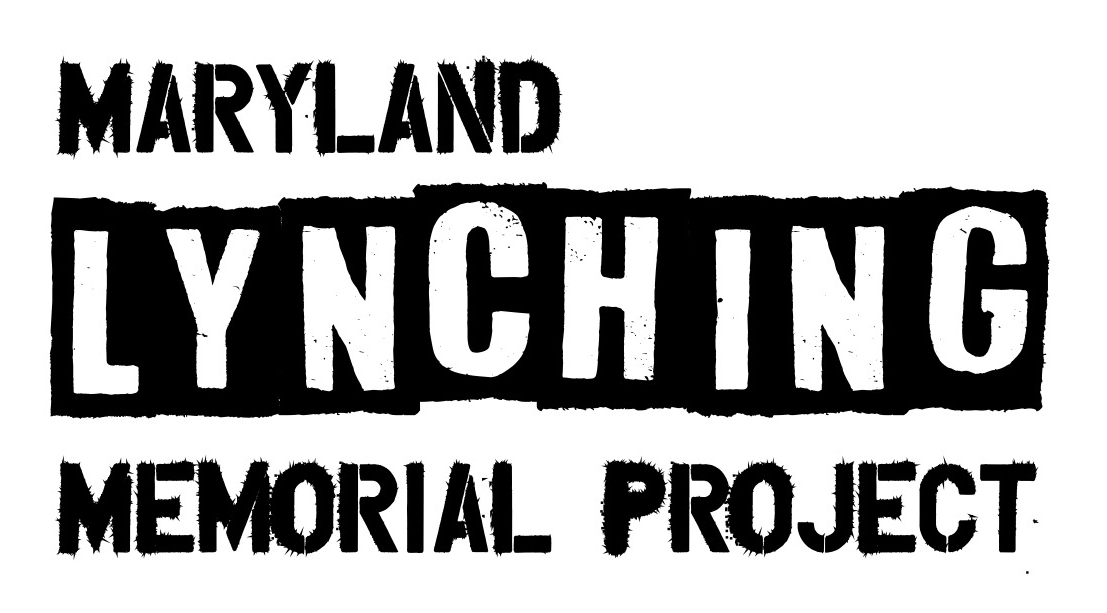The “Lynching Bee”: Coming to Terms
by Mike Dixon
(continued from home page)
My understanding of associations with the term changed in 2019 while completing the Maryland Lynching Memorial Project investigation. As I dug into the Maryland Archive holdings–19th-century circuit court records, judgments, case files, correspondence, jury records, minutes, pardon dockets, police blotters, and a much broader array of digitized newspapers–this puzzling, troubling term stunned me. What is a lynching bee I mumbled as the first notice caused me to dig much deeper into late 19th and early 20th-century periodicals to determine if this was an outlier. Correspondents and editors often used this phrase, as it turned out.
Here is a recap of the first 3 column inch narrative from the Midland Journal in Rising Sun, which brought the phrase to my attention. Following an attempt in Rowlandsville, a rural community near the Susquehanna River in Cecil County, the editor applied a larger font to the headline. On Christmas day 1907, an account of a drunken “lynching bee” at Rowlandsville appeared in city papers, the editor wrote. As villagers celebrated with a shooting match that turned into a booze fest, an African American named Webster was lying in a drunken stupor.
“In the spirit of fun (?),” he was suspended by the neck from the wagon bridge and left hanging until life was nearly extinct.” The editor added that the account created considerable commotion and “different versions of its authenticity circulated around the area. Some stated nothing of the kind happened while others said it was greatly exaggerated, but something of the kind did actually take place.”
A search of over 20 million pages at Chronicling America at the Library of Congress located 4,148 pages where a correspondent mentioned the phrase. For example, on March 31, 1900, the Baltimore County Union reported that Bel Air had a lynching bee.
Using the idiom “lynching bee” to describe the horrific act of racial lynching was shocking. How could these appalling acts that terrorized generations of Black people be compared to other types of social bees? However, I had worked with this literature and the primary sources for decades, so I should not have been surprised as I knew about the horrific practices of jubilant spectators creating carnival-like atmospheres when mobs gathered to carry out the violence and racial terrorism.

